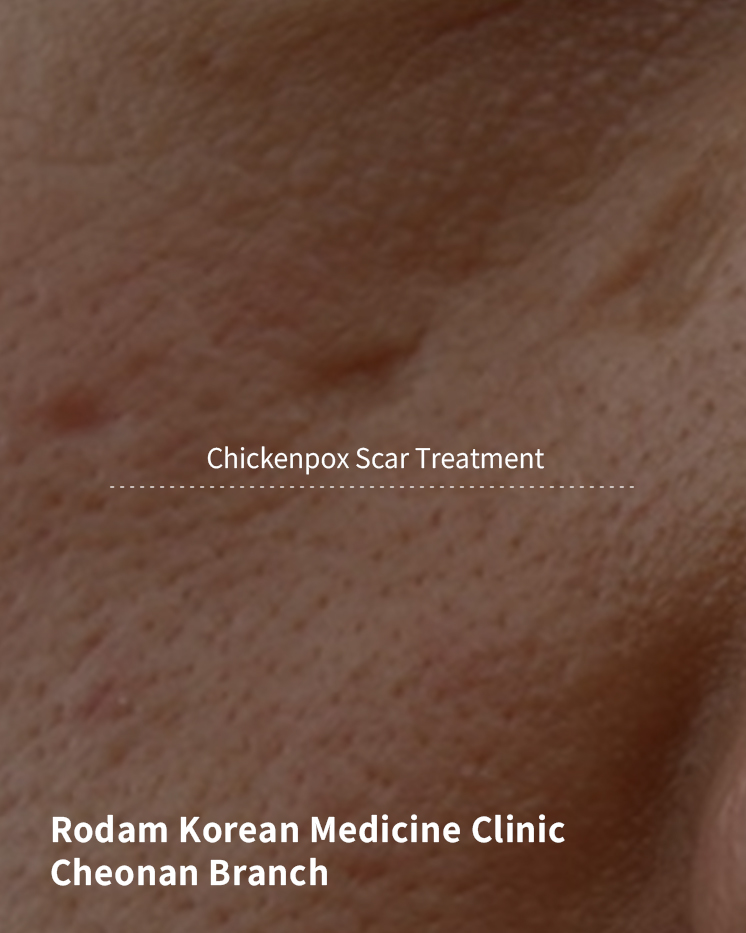
Review of Chickenpox Scar Removal, Coratherapy Treatment at Rodam Korean Medicine Clinic in Cheonan
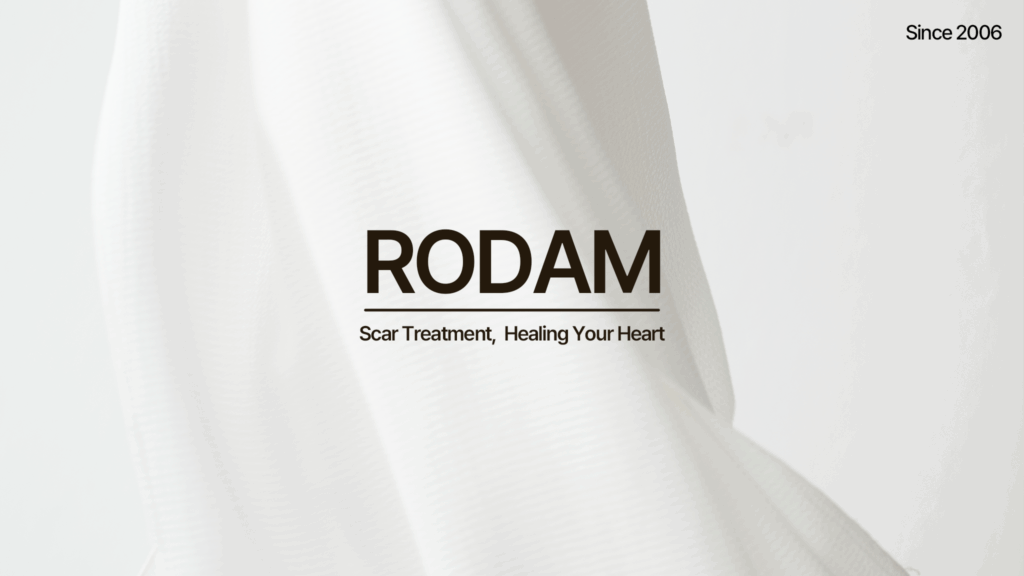
Hello, this is Dr. Kwangil Paeng from Rodam Korean Medicine Clinic Cheonan branch.
Today, I will explain in detail about ‘chickenpox scars’ treatment, which many people are concerned about, through a case study.
Chickenpox scars are sunken marks left on the skin after having chickenpox during childhood.
Especially scars on the face, such as next to the nose or on the cheeks, do not naturally heal over time,
causing stress for many people.
However, chickenpox scars are relatively easier to treat compared to other types of scars,
and with the right treatment method, significant improvement can be expected.

Reasons for Chickenpox Scars
Chickenpox is an infectious disease that primarily occurs in children under the age of 10,
causing transparent blisters on the skin.
If these blisters are scratched or popped, the skin tissue gets damaged,
and if the skin does not regenerate properly during the healing process, sunken scars can remain.
Particularly, deep chickenpox scars that persist into adulthood are visually noticeable and can be a source of stress.
Since these scars result from damaged skin cells,
they cannot be simply treated with regenerative creams.
One of the treatment methods for this is Coratherapy.
Coratherapy involves using fine needles to stimulate the dermis layer of the scarred area,
helping new skin to fill in the sunken scars.
The needles break the fibrous tissues tightly adhered between the epidermis and dermis,
and repeated stimulation promotes collagen regeneration, allowing new skin to fill in the sunken scars.
The patient I will introduce today also treated their chickenpox scars through Coratherapy.
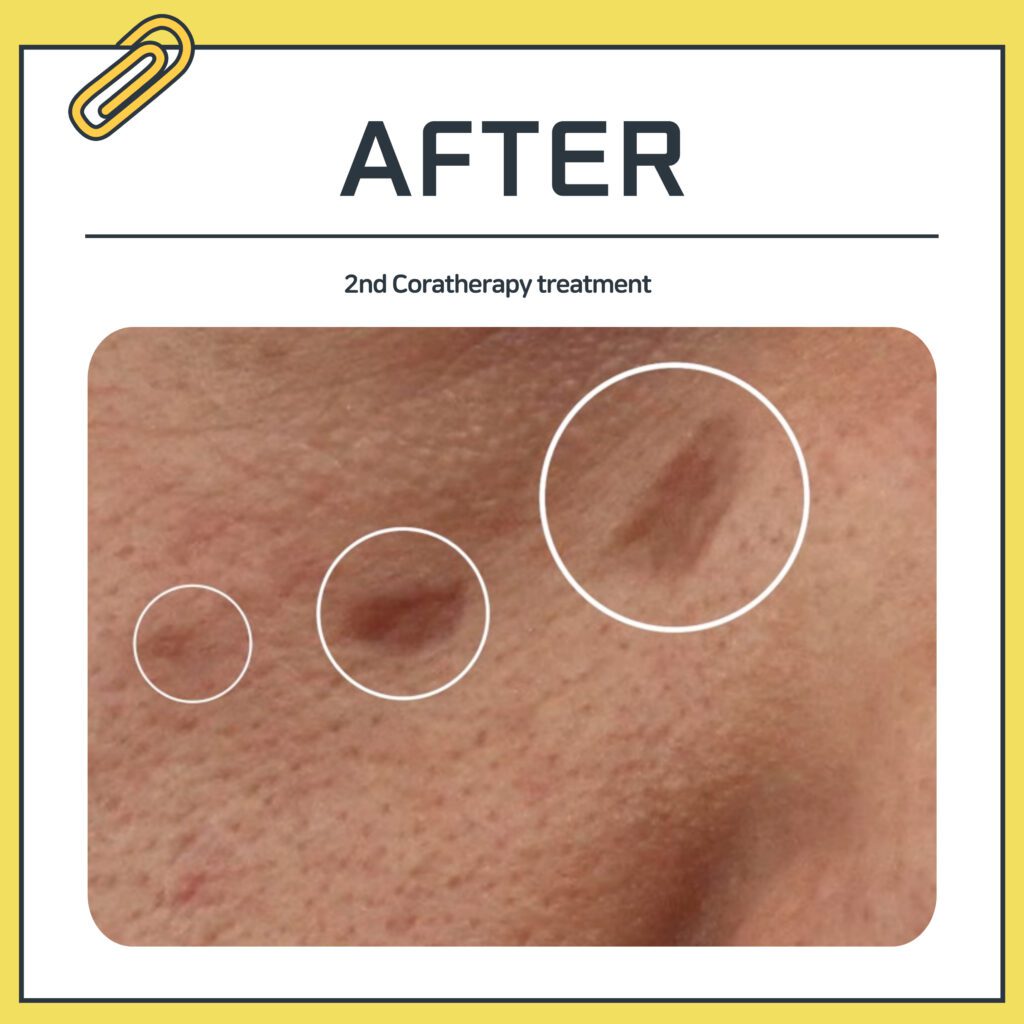
Case :: Chickenpox Scars on the Cheek
History :: Long-standing scars from childhood chickenpox
Report :: 6 sessions of Coratherapy
A male patient in his 30s visited Rodam Korean Medicine Clinic Cheonan branch
due to about six sunken scars on the side of his nose and cheeks caused by chickenpox during childhood.
The sunken scars on the side of his nose and cheeks were noticeable even to the naked eye.
The skin around the scars was not smooth, making his overall impression appear darker.
Since the scars were deep, a total of six sessions of Coratherapy were planned and treatment began.
Although the scars were deep, improvements in skin texture started to appear from the second session.
The sunken areas seemed slightly less prominent.
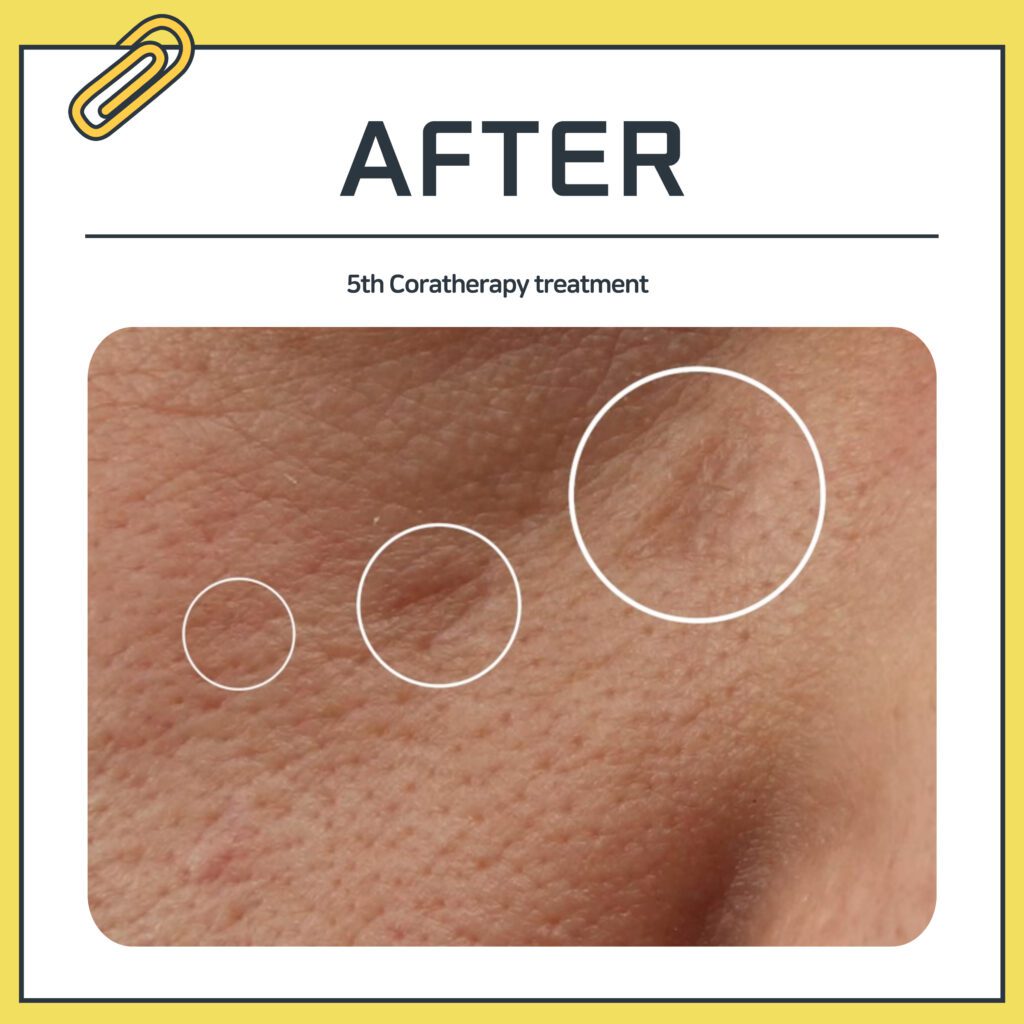
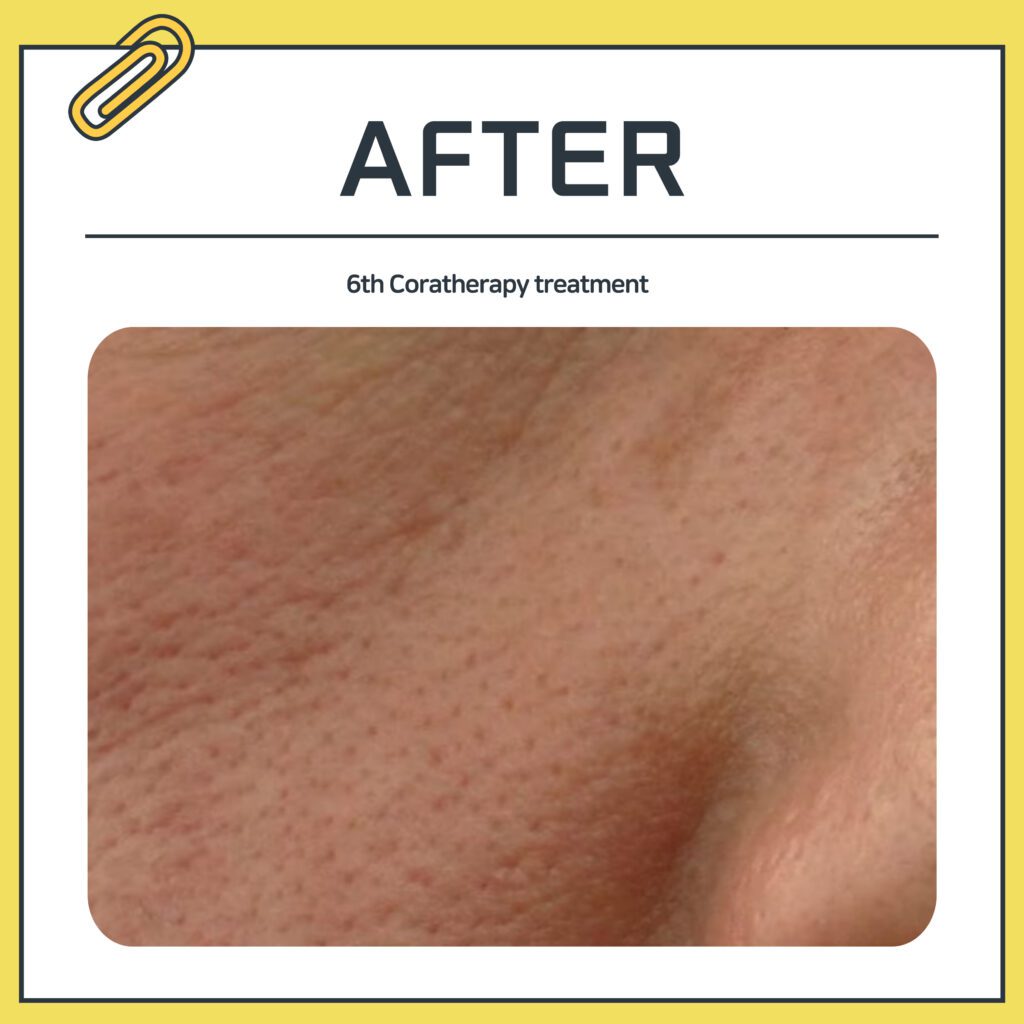
These photos were taken after the fifth and sixth sessions of treatment.
By the fifth session, the depth of the scars had visibly reduced, and the skin texture had improved.
Especially after the sixth session,
compared to the fifth session, the scarred areas had significantly filled in,
the skin tone became more even, and the scars blended naturally with the surrounding skin.
Overall skin health also showed improvement.

Advantages and Precautions of Chickenpox Scar Treatment
Chickenpox scars generally have a good prognosis for treatment,
but the treatment duration and method may vary depending on the depth and condition of the scars.
Starting treatment early can lead to better results,
and it is important to receive customized treatment through sufficient consultation with experienced medical professionals.
At Rodam Korean Medicine Clinic, we have been performing Coratherapy since 2006,
treating over 80,000 cases of scars to date,
with a patient satisfaction rate of over 95%.
We always strive to think from the patient’s perspective and provide meticulous treatment,
helping you regain clear and confident skin.
If you are struggling with chickenpox scars or other types of sunken scars,
please contact Rodam Korean Medicine Clinic Cheonan branch.
We are always here for you.


